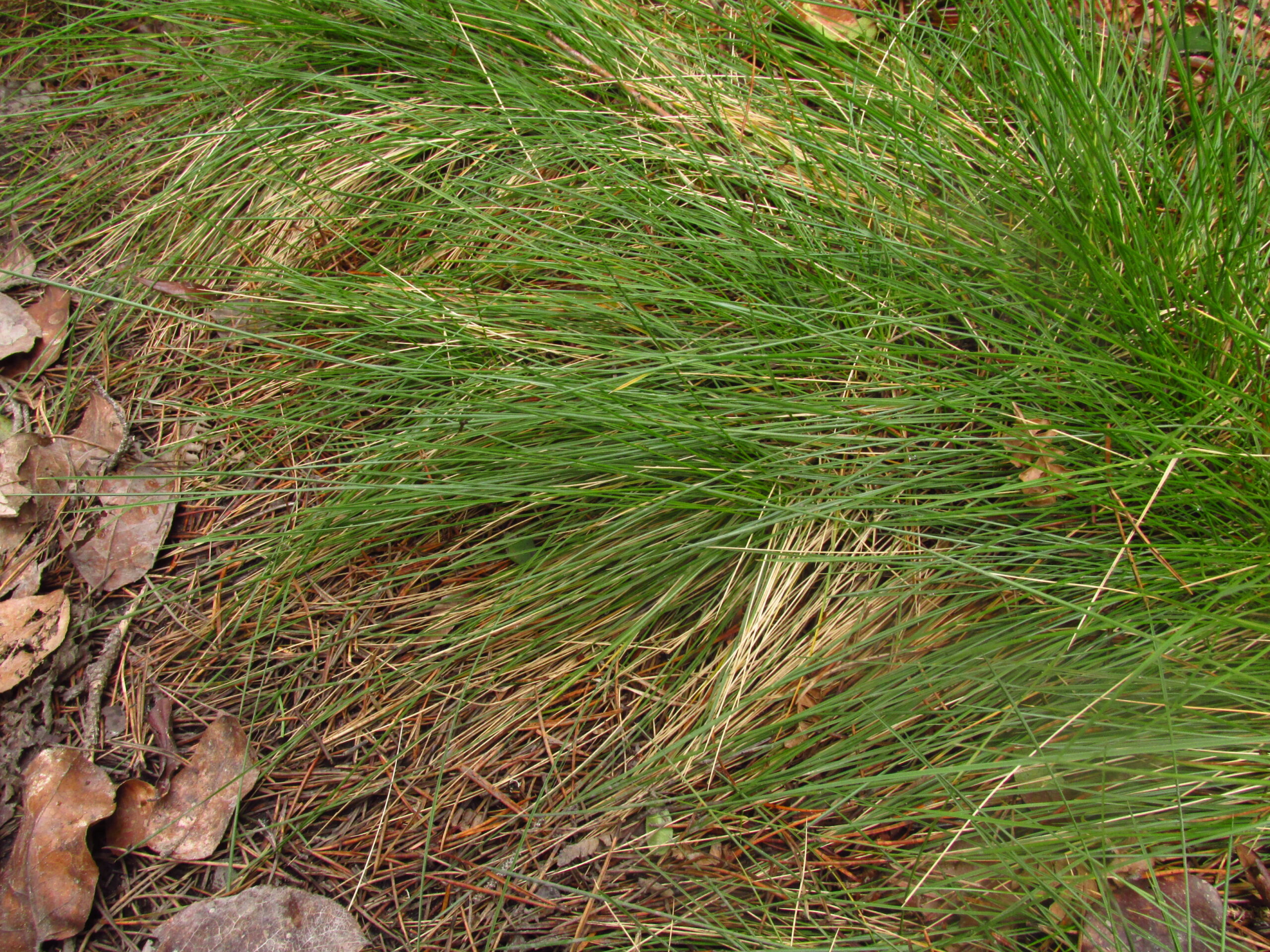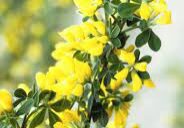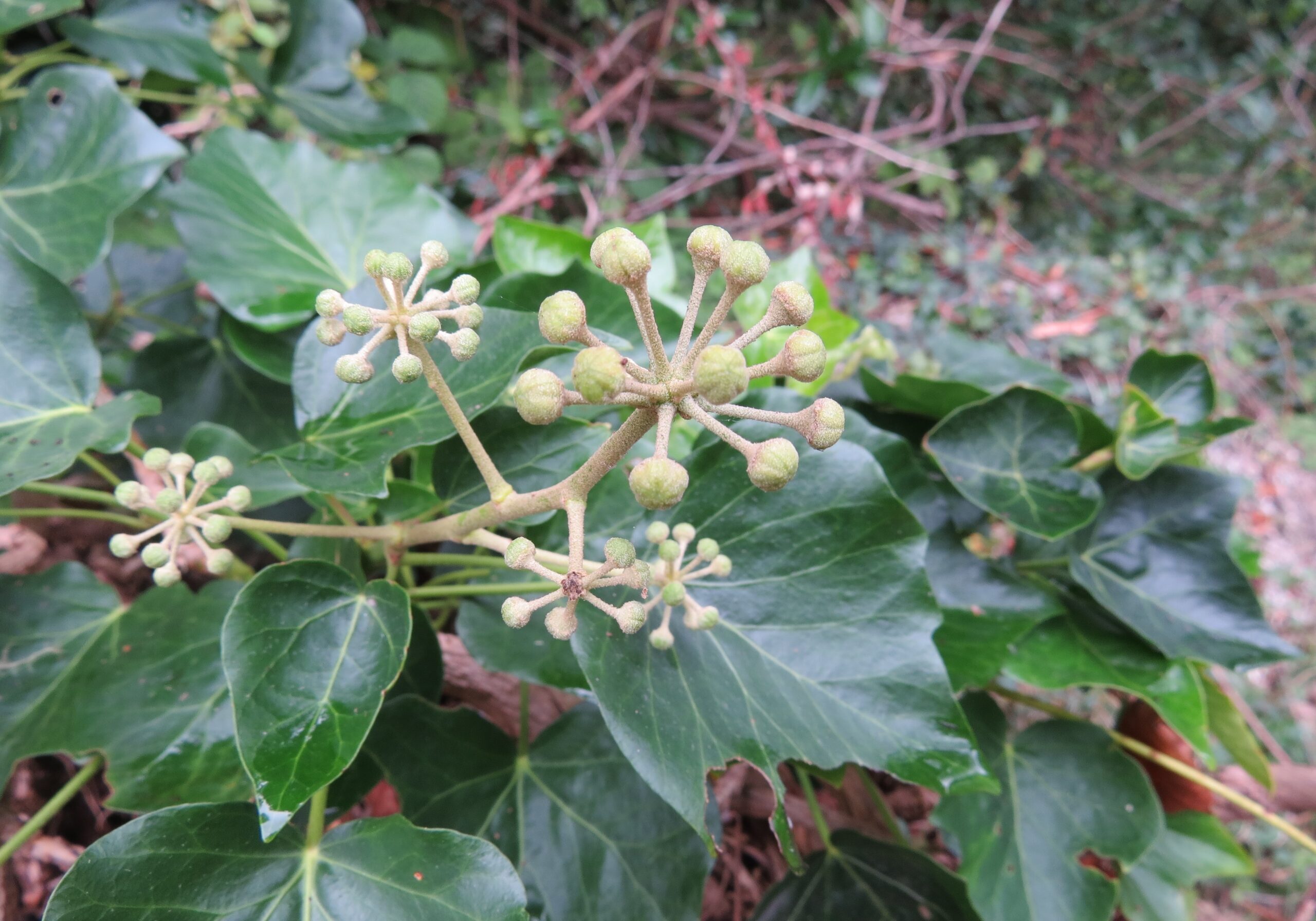
Description
Matgrass is native to Eastern Europe. Until 2015, the only known Oregon population was Klamath Co (reported in 1962). Now there are known populations in Curry (Cape Blanco State Park/Blacklock Point), Coos (Bandon State Natural Area), and Clatsop Counties. It shows up in areas where water pools, such as pastures, meadows, and bogs, where its vigorous seed production allows it to perpetuate for decades. It reproduces mostly through transport of tuts in mud clinging to the hooves of grazing animals, but livestock won’t eat it, giving it a competitive edge. While matgrass is still relatively uncommon in our region, it has the potential to out-compete desirable grasses and forbs and is expected to have a particularly negative impact on coastal habitats.
For more info, check out the Oregon Department of Agriculture’s spotlight video on matgrass: https://www.youtube.com/watch?v=HnfnRarw6uU
How to recognize
Matgrass is a slow-growing, dense, perennial bunchgrass with leaves that are hard and bristle-like. The leaves can be up to ¼ inch wide, though they appear narrower because they tend to be folded. On the coast, the leaves grow taller and less stiff, causing the plants to fall over more. If you look closely, the stems are tipped by inconspicuous spikes on one side. One of the biggest challenges in controlling matgrass is identifying it among other native or desirable forage species, so make sure you call in an expert to verify a sighting before taking any action.
What to do if you find it
REPORT
If you suspect you see matgrass growing in Coos or Curry Counties, contact a noxious weeds professional in your area:
- Coos Bay/North Bend and surrounding areas
Coos Watershed Association: Contact person pending (www.cooswatershed.org) - Bandon, Coquille, Powers, Myrtle Point, and surrounding areas
Coquille Watershed Association: imetzgus@coquillewatershed.org - Curry County (New River to Brookings)
Curry Watersheds Partnership: info@currywatersheds.org
REMOVE
Matgrass control can be complicated and varies by site. If you suspect you have it on your property, fill out an online report or reach out to one of the noxious weeds professionals above, who can distinguish it from native look-alikes and recommend a course of action.
REPLACE
Once a matgrass population is under control, you can replace it with other grasses that are native and/or palatable to wildlife if grazing is part of your land use. For planting ideas and assistance, contact your local watershed council (Coos Watershed Association, Coquille Watershed Association, Curry Watersheds Partnership).
Additional Information
- All Flower Colors
- Orange & Yellow
- Pink & Purple
- White & Green





















